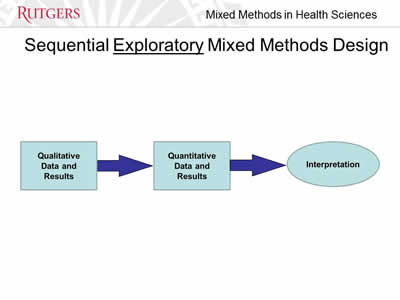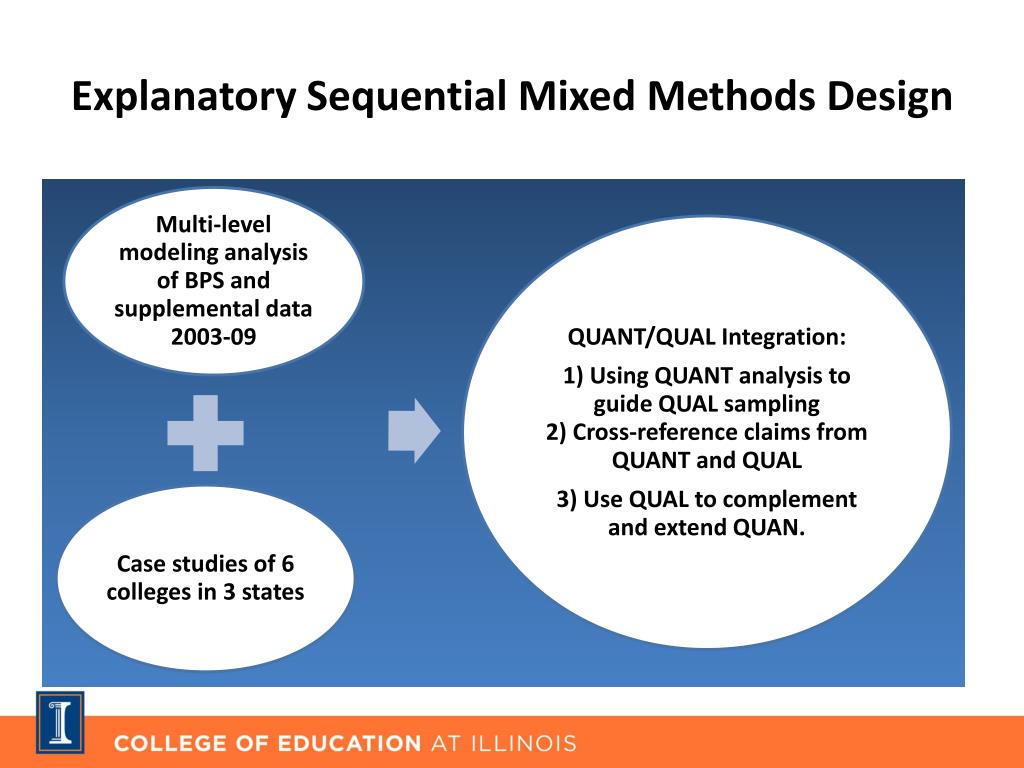

The constructivist viewpoint acknowledges multiple realities that are not measurable but discovered through qualitative inquiry of questioning and reasoning.

The constructivist paradigm of research, on the other hand, involves the construction of reality through the experiences of people. A positivist paradigm is characterised by an understanding of a single reality that is objectively assessed and measured through the collection and analysis of quantitative data. Quantitative and qualitative research approaches belong to two distinct research paradigms, the positivist and the constructivist paradigms, respectively. The two dominant research methodologies till then were the quantitative and qualitative research approaches. Mixed-methods research emerged in the social and behavioural sciences during the late 1970s as a third research methodological movement. Philosophical underpinnings and the emergence of mixed methods It provides both an 'in depth' as well as a 'broad' understanding of research problems. The 'mixing' of data to answer research questions provides a complete picture and allows researchers to overcome weaknesses inherent in the individual methods and approaches. Integration of quantitative and qualitative types of data during the research process is fundamental to mixed-methods research. A strand is a part of the study that is defined by the research process of posing a research question, defining methods, collecting and analysing the data. Creswell and Plano Clark define mixed-methods research as studies that include at least one quantitative strand and one qualitative strand. Mixed-methods research is an emergent methodology that systematically integrates quantitative and qualitative approaches to answer research questions. In this article, I will briefly discuss the emergence of mixed-methods research and present an overview of the three core designs in mixed-methods research, its advantages and some challenges commonly faced in conducting mixed-methods research. As the understanding of health systems and its problems has evolved, the need for methods and tools to answer research questions about the health system has also changed. Complexity is described as a dynamic and constantly emerging set of processes and objects that not only interact with each other, but come to be defined by those interactions. There is complexity within the health system, its problems and its solutions. Health research is often described as complex.
#EXPLANATORY MIXED METHODS DESIGN HOW TO#
Mixed-methods research: Why, when and how to use. Keywords: Convergent, explanatory, exploratory, mixed methods, pragmatism, sequential Finally, I present some challenges commonly faced in conducting mixed-methods research. There is a brief description of the core mixed-methods research designs, namely convergent, exploratory sequential and explanatory sequential, with some examples relevant to the Indian context. Each of these is discussed briefly with pointers that could serve as a starting point in designing a mixed-methods research. Key considerations in designing mixed-methods research are priority, sequence, stage of integration and use of theory. In this article, I present an overview of what mixed-methods research is and identify its defining features. Experts(in this case, math teachers), would have to evaluate the content validity by comparing the test to the learning objectives.Mixed-methods research emerged in the late 1970s as a methodological approach that uses both quantitative and qualitative data collection methods in one single study. of each question, analyzing whether each one covers the aspects that the test was designed to cover.Ī 4th grade math test would have high content validity if it covered all the skills taught in that grade. Assessing content validity is more systematic and relies on expert evaluation. On the other hand, content validity evaluates how well a test represents all the aspects of a topic. When a test has strong face validity, anyone would agree that the test’s questions appear to measure what they are intended to measure.įor example, looking at a 4th grade math test consisting of problems in which students have to add and multiply, most people would agree that it has strong face validity (i.e., it looks like a math test). The difference is that face validity is subjective, and assesses content at surface level. Face validity and content validity are similar in that they both evaluate how suitable the content of a test is.


 0 kommentar(er)
0 kommentar(er)
